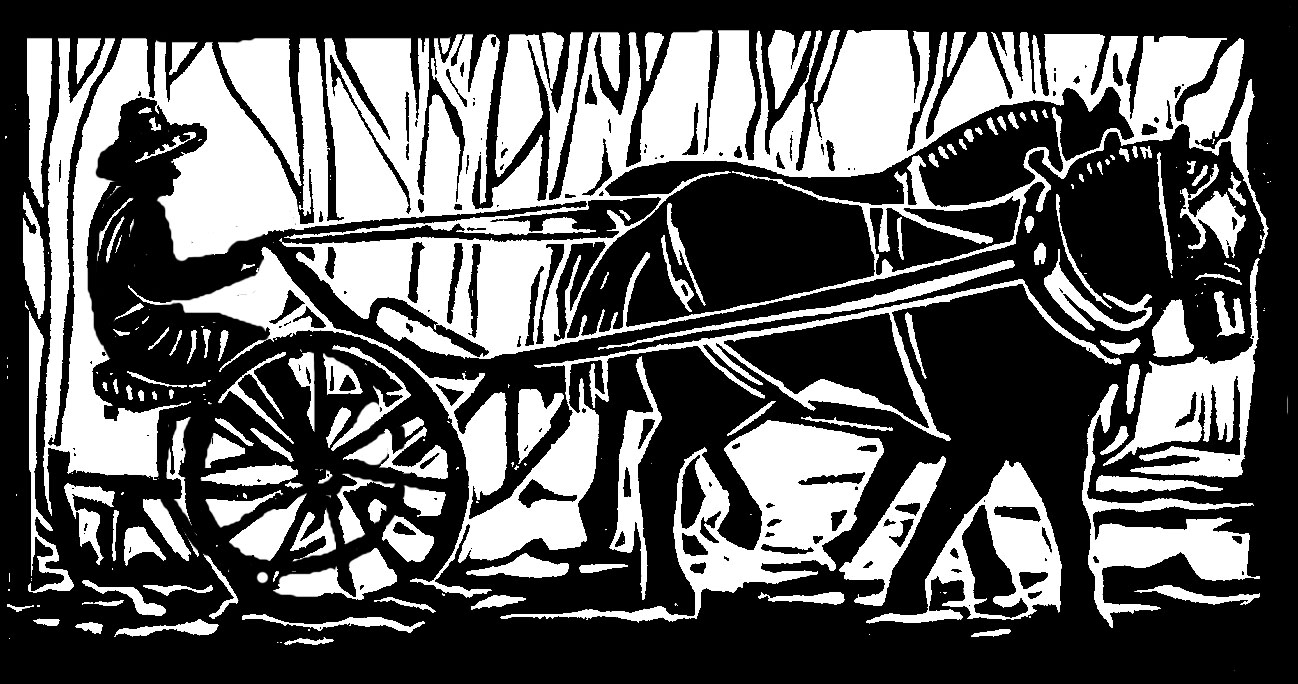My fellow farmer is a man of enthusiasm; I am a woman of caution. This holds true for pretty much everything in our lives, from getting out of bed in the morning, to varied discussions of budgets, meals, plans for the garden, and tasks for the day, including our present autumn activity of digging the potatoes.
In the best of potato years, my fellow's natural enthusiasm and my natural caution combine to stunning effect: by this time of year, we have our beautiful, productive crop dug, bagged, and stored well before any danger of hard frost, ice, and snow. Then we can wash, sort, and distribute our potatoes to CSA members and to the Farmers Market over the weeks of October and November in a leisurely, or at least non-frantic, fashion.
Most years, however, do not seem to be the best of potato years, though they are likely to be pretty good, or decent, or not terrible years. Happily we have not had the worst of potato years, which would mean no potatoes at all. Some years we've wondered, what with the towering weeds, the Colorado potato beetles, the leaf hoppers, the vole damage, and the early and late blight, but so far we've always found potatoes in the ground.
This year is shaping up to be a decent potato year, a solid ordinary year. We're not done digging yet, but we're making progress. The weeds and the voles and the bugs and the blight haven't been too bad, and we've been able to do our digging on sunny, pleasant days, rather than cold and soggy ones.
In fact, it was a sunny, pleasant day, way back in September, when my fellow enthusiastically suggested, “Let's start the potatoes!”
“Today?” I answered, cautiously. “What about planting the lettuce and weeding the carrots?”
“Oh, yeah,” sighed my fellow. He was tired of planting lettuce and weeding carrots. He was ready for an exciting new project.
“Hey, let's start digging the potatoes!” he said the next day.
“But what about the rutabagas and the beets and the hole in the irrigation?” I like to finish up all our of old projects before starting new ones.
My fellow sighed, all the way into October, when finally his enthusiasm carried my caution along, partly because we're never going to finish all the old projects, and partly because if we don't start those potatoes soon, we're going to be digging them out of snowdrifts.
We gather up our digging forks and our potato bags and our wheelbarrows. My fellow has a spring in his step and a light in his eye: he loves digging potatoes.
My step is a little less springy; my eyes have a little less gleam: gosh, eight 200 foot rows of potatoes looks like an awful lot to dig. There are fingerling potatoes, and red potatoes, and white potatoes, and yellow potatoes, and maybe even some purple ones in there, and we hand dig them all. This appears an enormous project, and I study it with some dismay, trying to think of some nice important little farm job I could finish up instead.
Meanwhile, my fellow plunges in his digging fork (well, first he parts the weeds, then he looks for a dead potato vine, then he carefully positions his fork, and pushes it in).
“Look at this!” he says, overturning a generous forkful of fingerling potatoes. “Aren't they beautiful?”
They are beautiful, plump and golden and not at all chewed on, nestling in the rich dark dirt.
“It's like digging for gold, for jewels,” says my fellow happily.
Inspired, I choose a spot down the row, push aside the weeds, and pose my fork above the soil.
“I hate it when I put my fork through a potato,” I say.
“I know,” answers my nice fellow. “It happens to everybody.”
“But I really hate it,” I say, still holding my fork in the air. “I hate wasting food.”
“We'll just cut it up and eat it. Plus it's hard to poke one of these little fingerlings. Look at this!” my fellow uncovers another beautiful bunch of taters.
I take a deep breath, and think how yummy these potatoes are, how even something as humble and ordinary as a potato soars to new heights when it is local and fresh and home-grown.
Finally, I put my fork into the soil, and my boot onto my fork. I cautiously turn over the dirt.
“Look!” I exclaim. “Gold! Jewels!”
Originally published in the Monadnock Shopper News, Oct 28 - Nov 3, 2015

